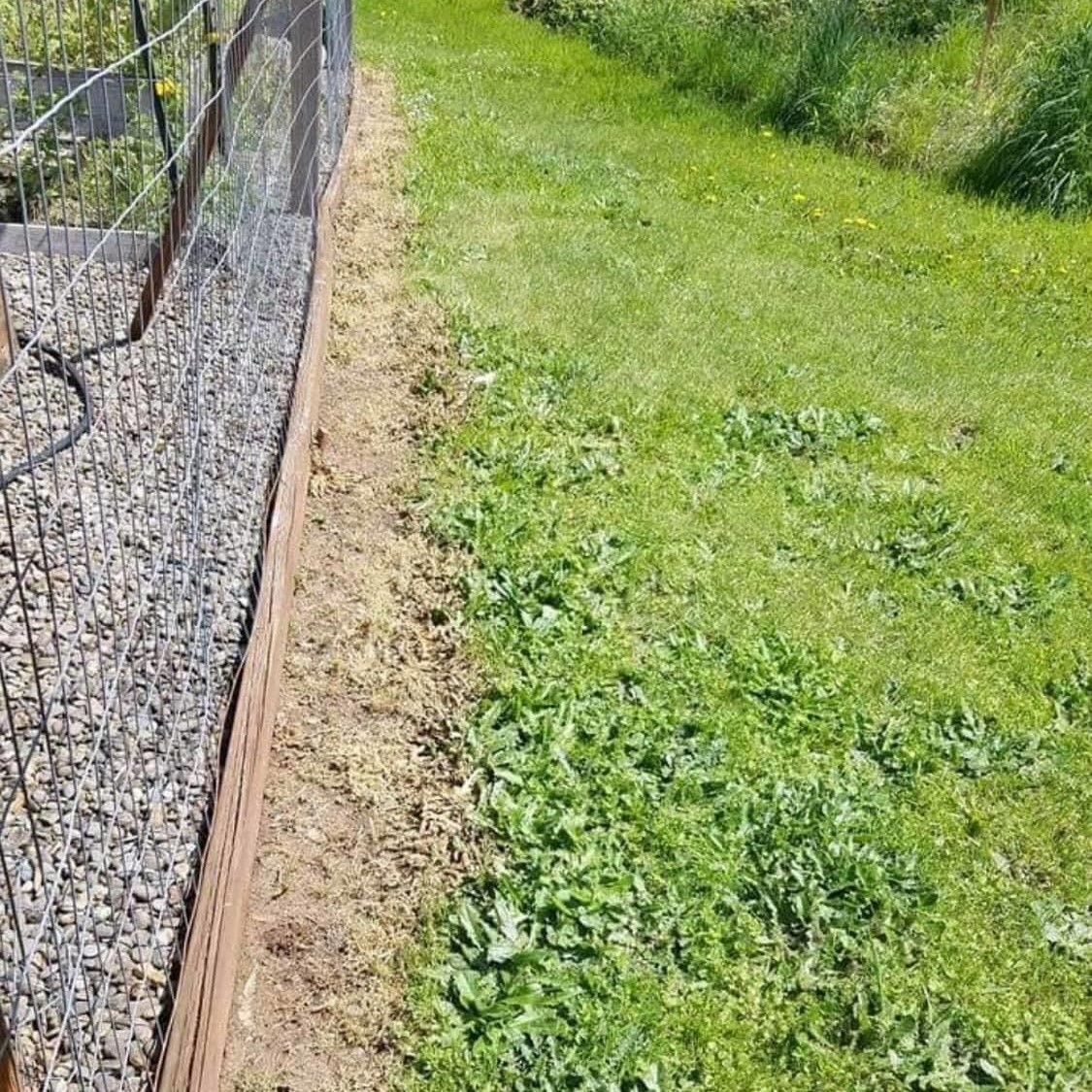When looking back on my gardening journey, I realize that a significant portion of my time has been spent battling weeds. These plants invade the garden, turning our hard work into a battleground.
Weeds are a persistent challenge for gardeners, negatively impacting the health and appearance of our cherished green spaces. They compete fiercely with your plants for essential nutrients, water, and sunlight, often leaving your garden looking unruly and your plants struggling to survive.
But don’t worry-effective weed control is within your reach!
Summary:
- Weeds compete with garden plants for nutrients, water, and sunlight, negatively impacting garden health and appearance.
- Effective methods include hand weeding, hoeing, tilling, and using herbicides.
- Strategies like mulching, landscaping fabric, proper plant spacing, and covering soil with a tarp help prevent weed growth.
Identifying Garden Weeds
Types of Weeds
There are three main types of garden weeds:
- Broadleaf weeds
Broadleaf weeds, including bindweed, and thistle, are some of the most common culprits. These weeds often have wide, flat leaves and are easily recognizable by their distinct flowers.
- Grass weeds
Grass weeds such as crabgrass and quackgrass, are another persistent challenge. These weeds blend in with your lawn and garden grass, making them tricky to spot.
- Sedge weeds
Sedge weeds like nutsedge are often mistaken for grasses but can be identified by their triangular stems and fast growth. Nutsedge, sometimes called “nutgrass,” thrives in moist soil and can outcompete other plants if not controlled.
How to Identify Garden Weeds
Some common garden weeds you’ll encounter include dandelion, and crabgrass. Purslane is easy to spot with its fleshy, succulent leaves and small yellow flowers.
Dandelions are notorious for their bright yellow blooms and deeply toothed leaves, which turn into fluffy seed heads that spread everywhere. Crabgrass, on the other hand, grows low to the ground with stems that spread outwards, making it blend in with your lawn.
These weeds compete with your plants for nutrients, water, and sunlight, often leaving your garden looking unkempt and your plants struggling.
Identifying garden weeds sometimes can be tricky. To accurately identify these and other weeds, utilize resources such as field guides, gardening apps, and local extension services.
These tools provide detailed pictures and descriptions, helping you pinpoint exactly what you’re dealing with and allowing you to take appropriate action before they overrun your garden.
SEE NEXT PAGE
ADVERTISEMENT

